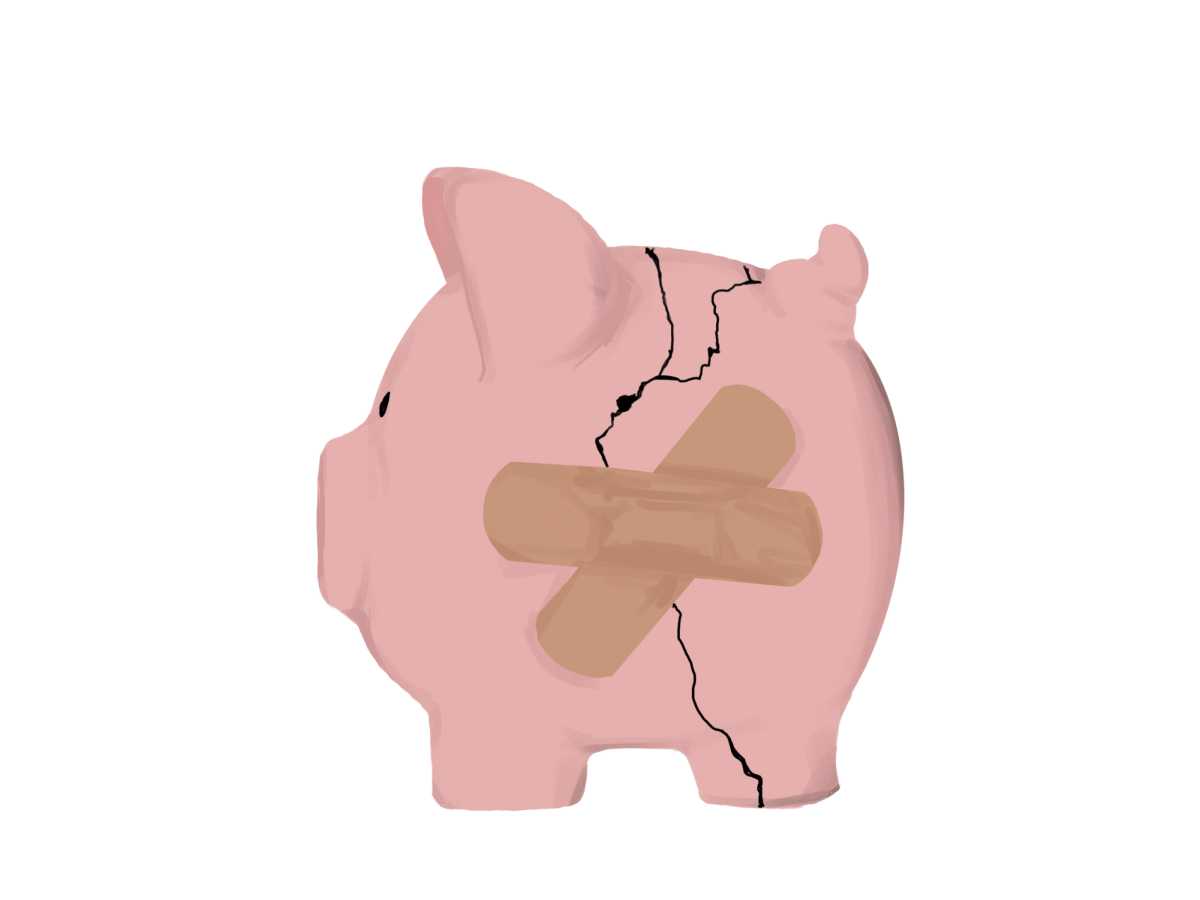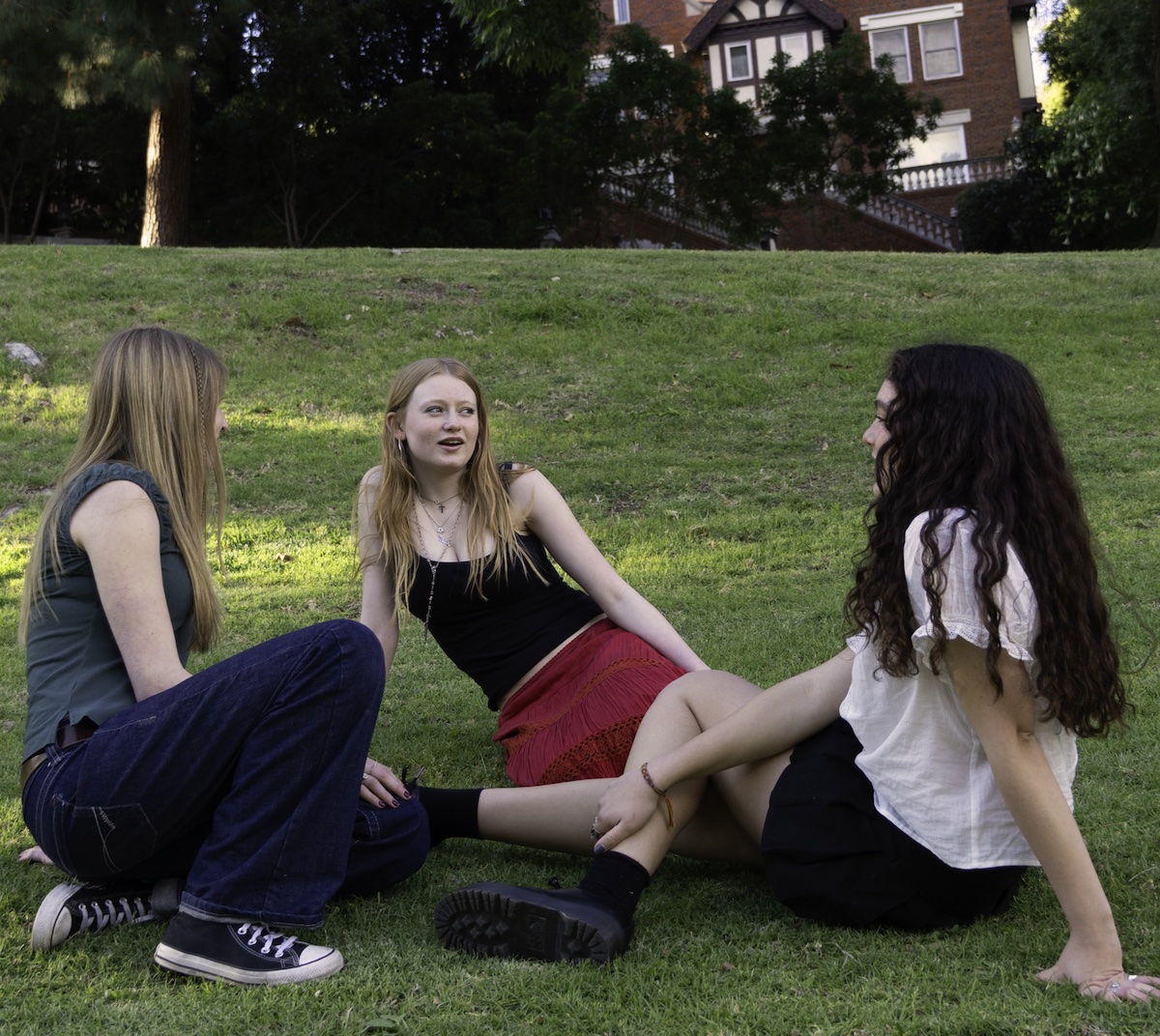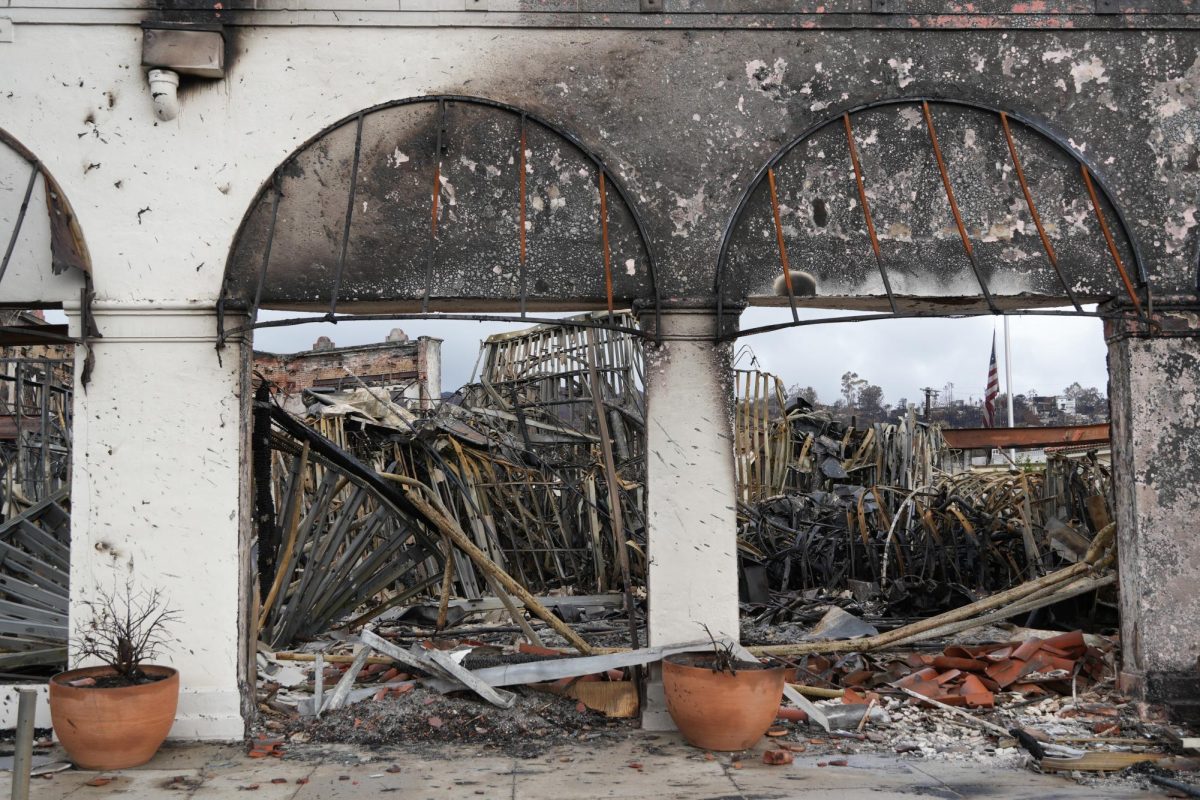
By: Suhauna ’14 and Christina ’14
In the last three years, violence in Syria has escalated, with more than 140,000 casualties and 2.5 million refugees. What started as protests against President Bashar al-Assad’s regime has transformed into a war between Assad and rebel groups.
On Feb. 22, the United Nations Security Council approved a resolution on the crisis in Syria, the first resolution on the conflict since the start of the war. It demands that the armed groups cease impeding the delivery of humanitarian aid. Additionally, it vaguely threatens those who do not comply with “further steps.”
Among calls for action in Syria is the cry of the international community’s “responsibility to protect.” Stipulated in the Outcome Document of the 2005 United Nations World Summit, the Responsibility to Protect (R2P) doctrine is more than a moral appeal to the global leaders of the world to protect civilian populations experiencing extreme violence: R2P is a mainstay of international law.
R2P is based on three pillars–that a state is responsible for protecting its population from violence, that the international community has a duty to support the state in carrying out this protection, and that the international community has the obligation to protect civilians if the state fails to do so.
What is R2P and how has it been applied to global conflict? What fuels the controversy surrounding this emerging UN doctrine? Intervention has largely been avoided in Syria: Will R2P endure after having been neglected during the Syrian crisis, or is it doomed to fade from international policy?
RESPONSIBLE DEFINITIONS
R2P mandates international intervention to prevent genocide and mass atrocities, including war crimes, crimes against humanity, and ethnic cleansing. R2P arose from the international community’s perceived failure to effectively stop violence in Somalia (1993), Rwanda (1994), and Bosnia (1994).
Any action must be approved by the UN Security Council, a council of 15 states that spearheads resolutions on peace and security on a case-by-case basis. The permanent members of the Security Council (the U.S., the UK, China, France, and Russia) must agree before intervention can take place. If the Security Council approves intervention, UN Peacekeepers (soldiers contributed by member states) or a comparable force, such as North Atlantic Treaty Organization (NATO) troops, will be deployed.
UCLA Professor of Near Eastern Studies James Gelvin explained the progression of R2P action.
“The idea behind R2P is not just military intervention. You start with a whole series of escalating scriptures against governments. You start with warnings, economic boycotts, sanctions, that sort of thing, and only if necessary at the very end do you have to intervene militarily,” he said.
With its inception, R2P redefined state sovereignty. UCLA law professor Asli Bali explained that sovereignty as defined under R2P has an internal and an external dimension. States are protected from intervention as long as they do not attack other states, but they must maintain satisfactory policies domestically to ensure the welfare of civilians.
R2P has been used to justify a number of interventions. Its first practical application was in 2006, when the Security Council authorized the deployment of UN peacekeepers to quell violence in Darfur, Sudan. In the past four years, R2P has been invoked for intervention in countries including Libya, Cote d’Ivoire, South Sudan, Yemen, and Syria.
The crisis in Libya began in 2011, when protests against Libyan ruler Muammar Qaddafi were met with brutality by the national army. In Resolution 1973, the UN authorized the establishment of a no-fly zone, which prohibited the Libyan Air Force from flying over the country in an attempt to prevent bombing attacks. The resolution was enforced by NATO, an intergovernmental military coalition composed of 28 states. NATO later collaborated with an interim opposition government, the National Transitional Council, to carry out targeted bombardments of areas held by Qaddafi’s forces.
THE R2P DEBATE
While the mission of R2P is largely affirmed by the international community, some scholars consider it an infringement on state sovereignty because it is used to justify international intervention in a country’s governance. R2P has also come under scrutiny for lacking clear guidelines for intervention.
Advocates for R2P herald it as a new chapter of international human rights legislation.
History Department Head Catherine Atwell said that she understands the hope felt by many proponents of R2P.
“When I first think of the right to protect, I think of the importance of human rights and the fact that governments should not be able to…impose violence or suffering on their populations,” she said.
On several occasions, UN-official publications state that R2P has been successfully used to halt the progression of violence. For example, former UN Secretary-General Kofi Annan credited R2P with helping him quell post-election violence in Kenya in 2008.
Policy Program Assistant at the U.S. Holocaust Memorial Museum Eric Eggleston sees the restructuring of sovereignty in a positive light.
“The R2P norm and the important shift in international politics is to move away from absolute sovereignty, which had been the center of foreign policy for a long, long time,” Eggleston said.
However, former president of the UN General Assembly Miguel d’Escoto Brockmann criticized R2P by saying it should be realistically termed the “right to intervene.” He is part of a subset of critics who censure R2P as neo-imperialism disguised as humanitarianism.
Atwell said that she understood this sentiment.
“If [R2P is] done to intervene in conflicts in countries that were former colonies, it can feel very much like post-colonial intervention,” she said.
BRICS countries (Brazil, Russia, India, China, and South Africa) adopted these criticisms during the UN debate on R2P as it applied to Libya. NATO was criticized by some BRICS countries for implementing regime change under the R2P doctrine despite the lack of UN authorization.
The Libyan controversy stemmed from a broader debate about R2P. Experts assert that R2P is transitioning from a UN-specific practice to an international standard that can be invoked by many different powers, including intergovernmental organizations.
USC Professor of Journalism Philip Seib explained that Security Council veto power prevents action, especially in Syria.
“[Security Council states] are trying to talk their way out of [intervention], and in the meantime people are dying. [It] illustrates the hollowness of that responsibility because nobody is really intervening in a way that helps people on the ground,” Seib said.
Short of establishing R2P as an international norm, some experts propose revisions to the doctrine within the UN to make it more specific or to designate proxy organizations that could also invoke R2P.
“[R2P is] generally designed in a way that sometimes the gestures take precedence over the kind of substantive intervention that would make a big difference,” Seib said.
PROTECTING SYRIA?
Global hesitation over intervening in the Syrian Civil War marks a discrepancy in international sentiment regarding humanitarian intervention following the adoption of R2P.
Many world leaders, including UN Secretary-General Ban Ki-moon, referenced R2P to call for an increased international response in Syria.
Ki-moon and others who support intervention in the Syrian conflict pushed for the Security Council to take substantive action.
Several people have noted that a reason for inaction in Syria has been that military intervention tends to escalate the violence already occurring.
According to Eggleston, when the international community uses force, it leads to more casualties than would occur without intervention.
After a chemical gas attack on Syrian civilians on Aug. 21 2013, Syria agreed to the Sept. 14 Framework for the Elimination of Syrian Chemical Weapons.
The debate about intervention after Assad used chemical weapons was the first real global engagement in the crisis. However, human rights groups pointed out that this small victory of chemical disarmament paled in comparison to Syria’s soaring death tolls unattributed to chemical attacks.
In a public address after the chemical attack, U.S. Secretary of State John Kerry attributed potential U.S. action to the “moral obscenities” of the attacks. Professor of International and Public Affairs at Columbia University Stuart Gottlieb, however, noted that the crisis called for moral reasons to intervene long before the attack.
Gottlieb added that Security Council members China and Russia are hesitant to breach the sovereignty of states in the name of morality as they are fearful of regime change.
Many argue that global powers’ responses to Syria are in direct contrast with the 2011 Libya intervention.
Since the intervention in Libya turned into a regime change, Gottlieb commented that it will be difficult to win China and Russia’s support for future military-related intervention.
Gelvin said he believes that the blind eye the world has turned toward Syria represents the death of R2P as a force in global action.
“There’s enough cynicism about the motivations of people who have been invoking it…I think that the fact that the U.S. or the world community would invoke the doctrine in Libya but not in Syria, that’s really a deal breaker,” Gelvin said.
Meanwhile, others remark that R2P has become indispensable in global perception of mass atrocities.
“[R2P] is still growing up, still maturing, and still has room to grow as it confronts more real life situations rather than just being something that was agreed to on paper,” Eggleston said.












